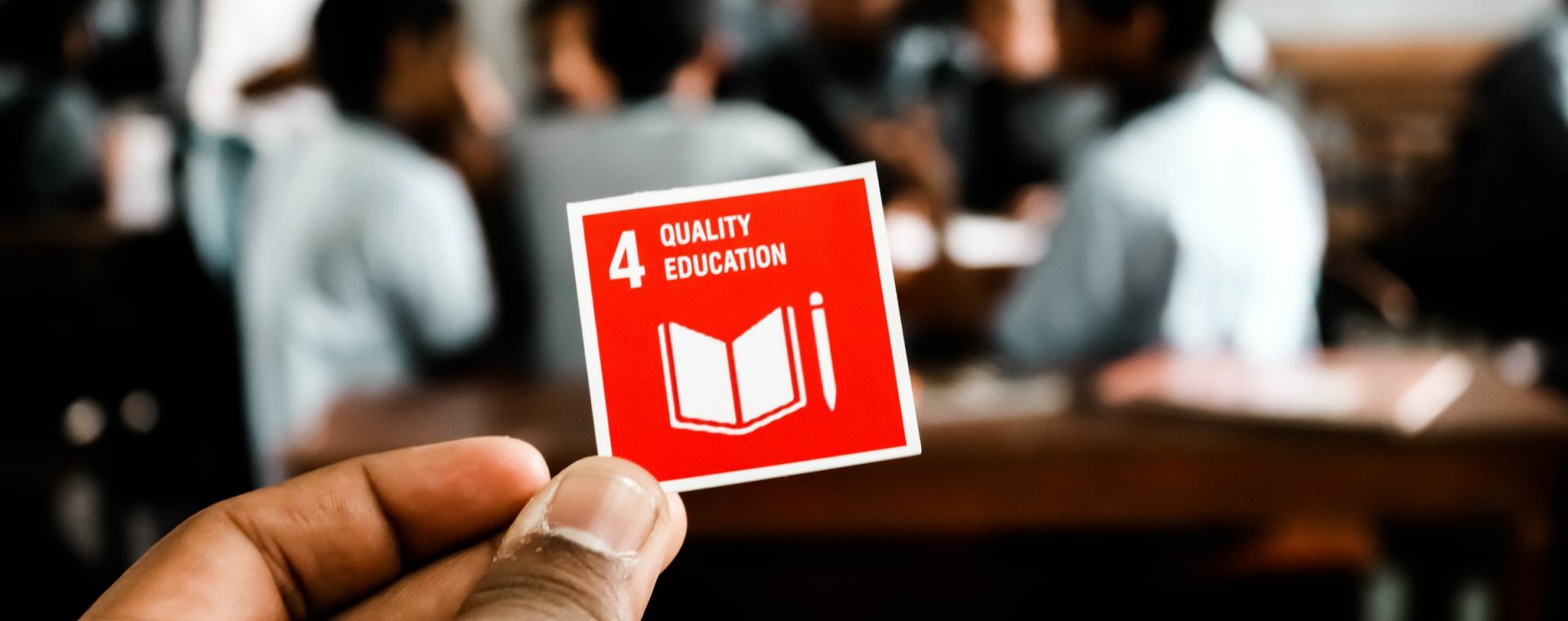
The Sustainable Development Goals (SDGs) are a collection of goals set by the United Nations to achieve better lives and future for all. There are 17 goals that are interconnected and address multiple challenges facing humanity ranging from poverty, inequality, quality education to gender and environmental issues. It is extremely important that these goals are achieved together by 2030 ideally. But of course, due to the inevitable issues taking place around the world, we cannot ensure that we will meet these goals anytime soon. The most challenging and fundamental one of them is SDG 4, which is to “Ensure inclusive and equitable quality education and promote lifelong learning opportunities for all” (The UN website).
In the past few weeks, I was honored to be part of the Qatar Youth Delegation who participated in the Youth Assembly, a bi-annual global conference supported by the United Nations to connect global young leaders, advocates, and changemakers and give them the opportunity to discuss and exchange their opinions about the SDGs. The Youth Assembly also offers the youth with the opportunity to transform their vision for a better future through innovation actions. As a participant for the first time, I found this virtual conference to be very interesting and provides mindful insights about the general status of the goals, especially after the COVID-19 crisis which has hit the whole world. It also features ideas on how we should respond collaboratively.
The 3-day program covered multiple panels, discussion forums, networking sessions, and several activities to reinforce the connection among delegates. For the sake of this article, I will focus on the panel “Human Capital – Investing in Quality Health and Education for Resilient Recovery” presented by The World Bank. I believe this panel gave quite an important review about education and aligns with most of the themes we cover here at WISE, especially ‘well-being’. According to Martin de Simone, an Education Specialist at The World Bank, we are not on track to achieve the SDG 4. That is even before the pandemic hit us, we had many students out of school, and the number has doubled since the crisis with at least 500 million students out of school globally. Moreover, we had learning poverty at 53%, which means being “unable to read or understand a simple text by the age of 10” (The World Bank website, 2019). Martin believed that COVID-19 will even exacerbate inequalities among students, especially those who do not have access to remote learning.
The question then will be, how should we respond to make education more inclusive, effective, and impactful than it was before the crisis? The panelists suggested some strategies we can incorporate to tackle down the situation. The first strategy is that we must cope with the situation that schools are closed and try to find alternative methods to prevent learning loss and ensure the wellbeing of students. The second strategy is what they called “managing continuity” in which we have to continue with the efforts to help education through preparing for partial reopening, protecting health and safety in schools, and providing adequate finance for recovery needs. Finally, we must improve and accelerate, meaning that scale-up effective response approaches such as incorporating remote learning, teaching at the right level, and tracking at-risk students to prevent drop-out. These are some of the solutions which would help us respond effectively to COVID-19 and ensure it does not affect the initiative to achieve SDG. The most important takeaway from this session was that this can be only done if we work collectively as one community to fight the pandemic.
Lastly, I am a firm believer that there are many aspects to education and it is not limited to formal learning only. These aspects range from culture, economic, safety, and wellbeing which we might call the ‘education system’. Thus, in order for us to achieve SDG 4 successfully in 2030, we have to revisit these notions even when schools reopen. Also, we should rethink what we might do differently after the crisis.


